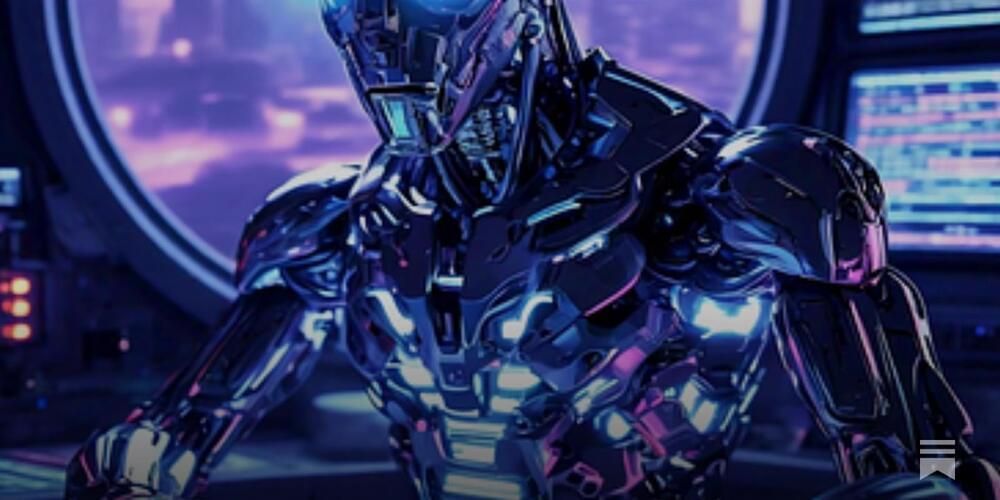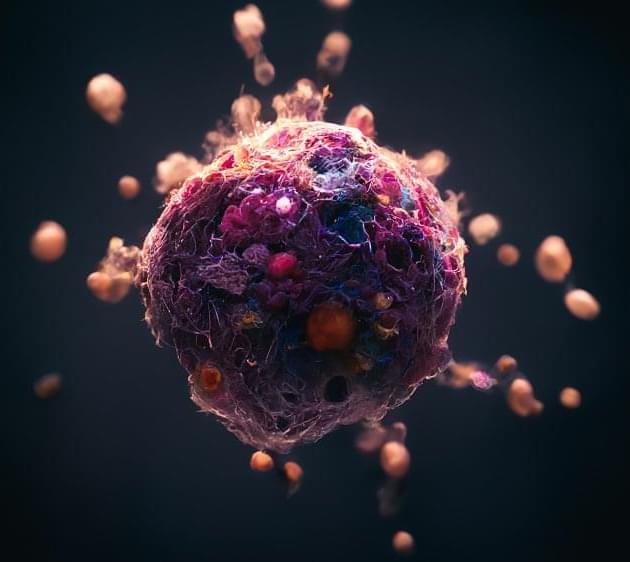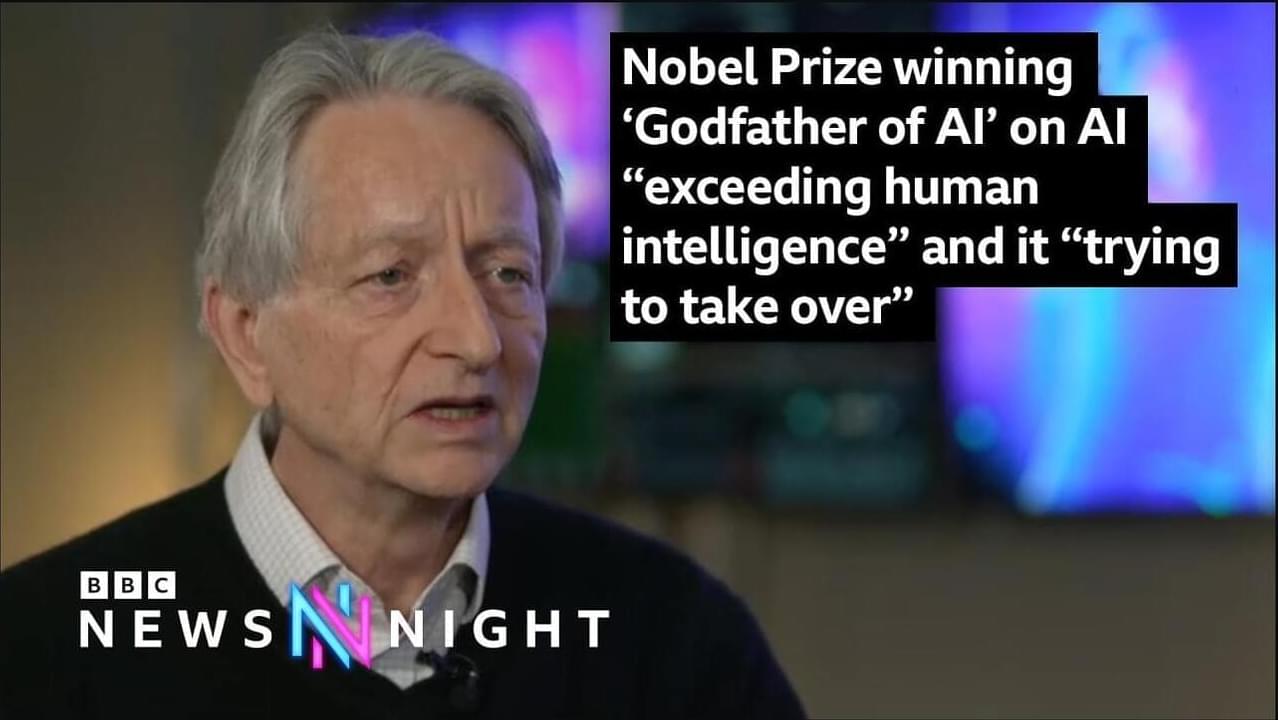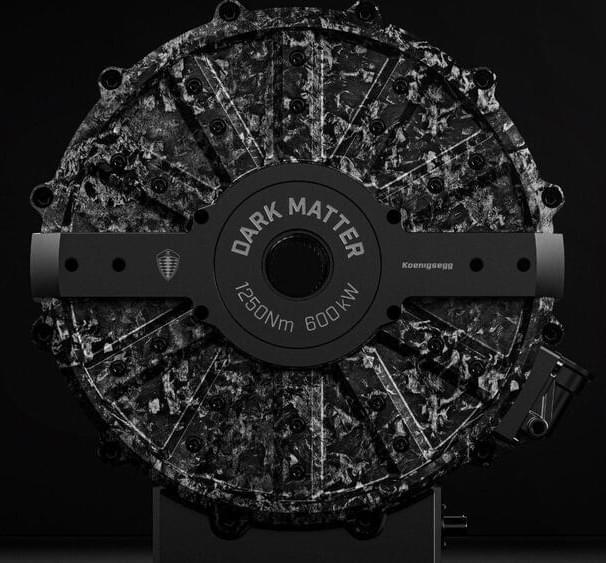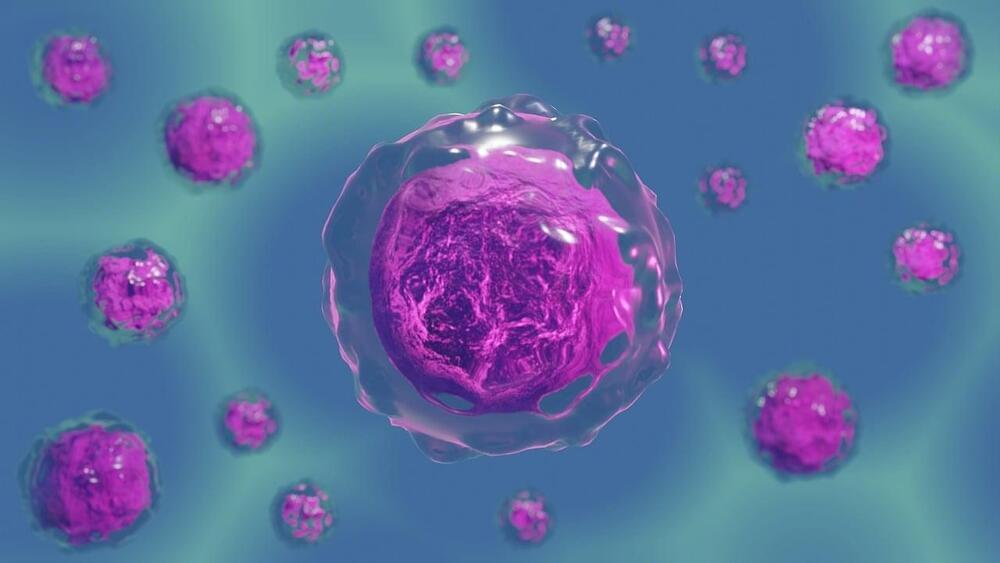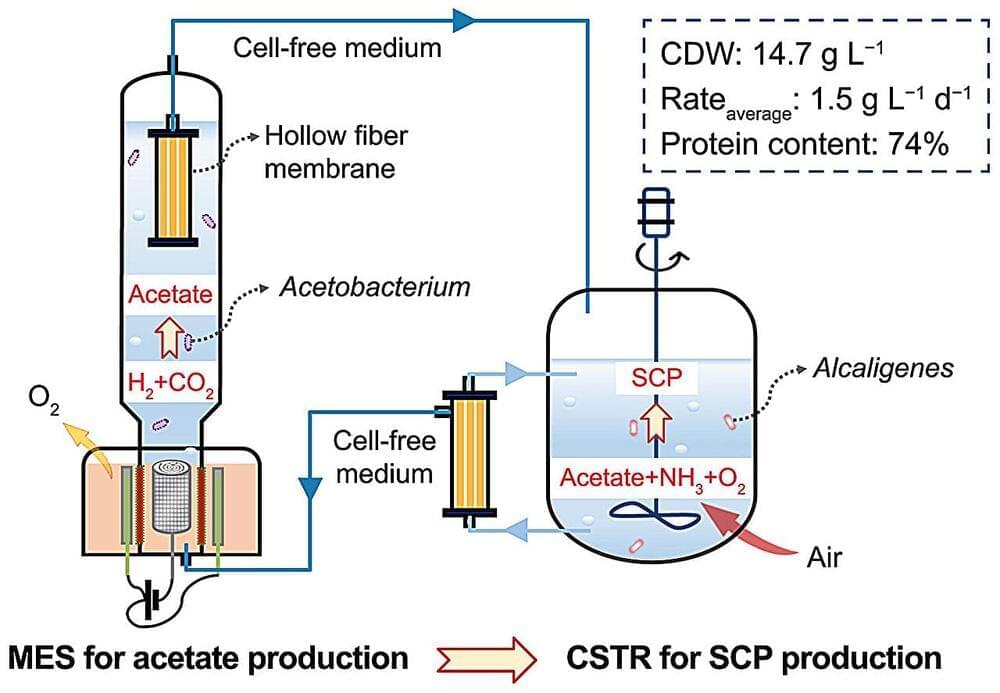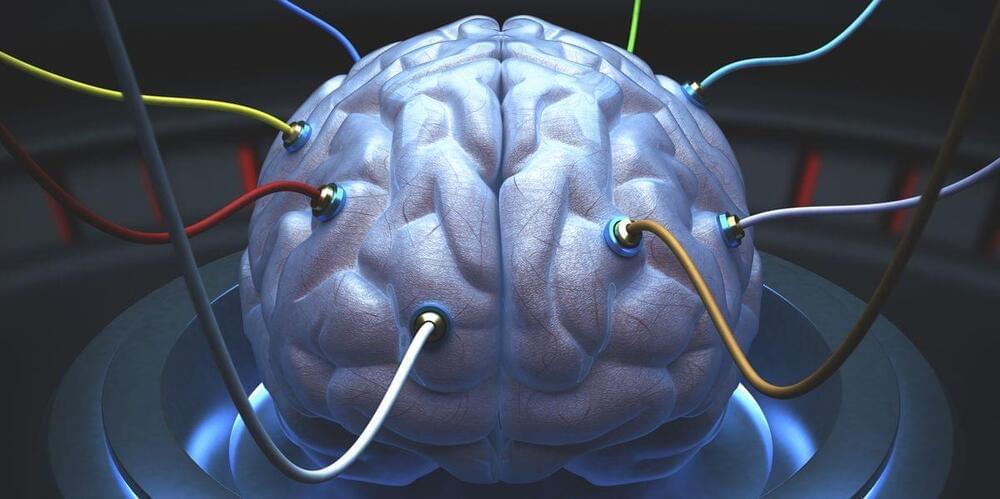Can artificial intelligence decode the secrets of life itself? Scientists are working on creating virtual cells that behave like real ones, potentially transforming medical research. But is this groundbreaking vision closer to reality—or still a distant dream?
Even so, many wonder: If the universe is at bottom deterministic (via stable laws of physics), how do these quantum-like phenomena arise, and could they show up in something as large and complex as the human brain?
Quantum-Prime Computing is a new theoretical framework offering a surprising twist: it posits that prime numbers — often celebrated as the “building blocks” of integers — can give rise to “quantum-like” behavior in a purely mathematical or classical environment. The kicker? This might not only shift how we view computation but also hint at new ways to understand the brain and the nature of consciousness.
Below, we explore why prime numbers are so special, how they can host quantum-like states, and what that might mean for free will, consciousness, and the future of computational science.
Theoretical physicists predict the existence of exotic “paraparticles” that defy classification and could have quantum computing applications.
By Davide Castelvecchi & Nature magazine
Theoretical physicists have proposed the existence of a new type of particle that doesn’t fit into the conventional classifications of fermions and bosons. Their ‘paraparticle’, described in Nature on January 8, is not the first to be suggested, but the detailed mathematical model characterizing it could lead to experiments in which it is created using a quantum computer. The research also suggests that undiscovered elementary paraparticles might exist in nature.
In today’s AI news, AI or Not is on a mission to protect individuals and organizations from the risks of generative AI misuse. AI or Not, a widely covered AI fraud detection platform, has raised $5 million in a seed funding round to accelerate its use of “AI to detect AI” in images, audio video and deepfakes to prevent fraud and misinformation.
Layoffs And, AI media tech provider Runway has announced the release of Frames, its newest text-to-image generation model, and it’s winning early praise from users for producing highly cinematic visuals — a fitting compliment given Runway is known primarily as an AI video model provider. Could Frames dethrone Midjourney as the go-to choice?
In other advancements, ChatGPT maker OpenAI has finalized a version of its new reasoning AI model o3 mini and would be launching it in a couple of weeks, CEO Sam Altman said on Friday. The Microsoft-backed company has considered user feedback and, consequently, plans to release the API and ChatGPT simultaneously, Altman wrote.
In videos, character consistency has never been easier! Now you can use just a single image to generate consistent AI videos. Hailuo (Minimax) Subject Reference is AMAZING. In this tutorial they show you how to use it, creative use cases and a honest review. Enjoy!
Then, discover how Microsoft 365 Copilot Chat enables your entire workforce from sales to field service solutions. Microsoft 365 Copilot Chat can transform business processes with free secure AI chat, agents, and enterprise data protection.
In a journal called Small, researchers have described a new targeting mechanism for delivering senolytic compounds where they need to go.
Finding the right nanoparticle.
When super intelligence happens technology will greatly advance we must merge with this technology.
The Nobel Prize winning ‘Godfather of AI’ speaks to Newsnight about the potential for AI “exceeding human intelligence” and it “trying to take over.”
Geoffrey Hinton, former Vice President of Google and sometimes referred to as the ‘Godfather of AI’, has recently won the 2024 Nobel Physics Prize. He resigned from Google in 2023, and has warned about the dangers of machines that could outsmart humans.
Meet the Dark Matter, the groundbreaking electric motor powering Koenigsegg’s new Gemera hypercar. Officially known as the Dark Matter Raxial Flux 6-phase E-motor, this revolutionary piece of technology debuted at the 2023 Goodwood Festival of Speed. Boasting an impressive 800 horsepower and 922 lb-ft of torque, while weighing just 40kg, the Dark Matter is hailed as the world’s most powerful automotive-grade electric motor. With its unique six-phase technology, it marks a major leap forward in electric vehicle engineering, surpassing the three-phase motors commonly used in most electric vehicles today.
The Dark Matter electric motor is considered the world’s most powerful automotive-grade motor, using a unique six-phase technology. This motor is a significant improvement over the three-phase motors commonly used in most electric vehicles today. The Dark Matter replaces the previous motor used in the Gemera, called the Quark.
Both the Quark and the Dark Matter are “raxial flux” motors, which combine features of two common types of electric motors: radial flux and axial flux. Radial flux motors offer more power but less torque, while axial flux motors are known for providing high torque but with less power. The key difference between these two designs is how the magnetic field travels through the motor. In a radial flux motor, the magnetic field path is longer, creating more power. In an axial flux motor, the magnetic field follows a shorter, more direct path, giving the motor more torque.
Immunotherapy, cancer treatments that alter the immune system, making it better apt to fight tumor cells, have provided novel and efficacious therapeutic options for patients with advanced, difficult-to-treat malignancies. Many immune-based therapies work to boost immune mediators within the tumor microenvironment, and others can prime immune cells circulating through the body.
A groundbreaking study published in Cancer Cell brings us closer to achieving the best of both worlds. The novel data describing this comprehensive study suggests that we can achieve better efficacy with an immunotherapy that optimizes the immune response both inside the tumor (intratumoral immunity) and throughout the rest of the body (systemic immunity).
The researchers identified an enzyme (P4HA1) that is pivotal in directing immunotherapy effectiveness. P4HA1 regulates the differentiation of CD8+ T cells, a vital immune cell subset needed for finding and killing cancer. The study found that P4HA1 significantly upregulated the tumor-draining lymph nodes (TDLN), the lymph nodes located directly downstream of a tumor where immune cells, and sometimes cancer cells, drain out of the tumor.
A team of chemical, industrial and biotechnical engineers affiliated with several institutions in China has developed a dual-reactor system that can be used to convert CO2 to a consumable single-cell protein. In their paper published in the journal Environmental Science and Ecotechnology, the group describes how they designed, built and tested their dual reactor system and its possible uses.
Scientists note two major impediments to the continued practical existence of mankind: climate change and food production. In this new effort, the team in China developed a dual-reactor system that tackles both problems at once—it uses carbon dioxide in the air to produce a type of protein that can be consumed as food.
The new system has two stages. The first uses microbial electrosynthesis to convert carbon dioxide into acetate, which then serves as an intermediary. The second stage involves feeding the acetate produced in the first stage into a reactor, where it is mixed with aerobic bacteria, which uses the acetate to produce a single-cell protein.
When dealing with a human brain, preventing perception would require even more care. If a person’s brain inched toward consciousness under such an experiment, the consequences would be thorny, according to Hank Greely, a biomedical legal expert at Stanford University in California. “That’s very tricky ethically, legally and scientifically,” he told New Scientist.
Vrselja told the publication that he and his colleagues “have no intention of plugging anyone at the point of death into their BrainEx machine.” But what they’ve accomplished so far is a significant step toward proving that brain death may not be as final as we once thought, arousing fresh hope that patients who are hovering between life and death can still be saved.
In the meantime, the researchers have had some success in keeping brains “cellularly active for up to 24 hours” so they can test treatments for neurological conditions. They hope to help patients with diseases such as Alzheimer’s and Parkinson’s.



